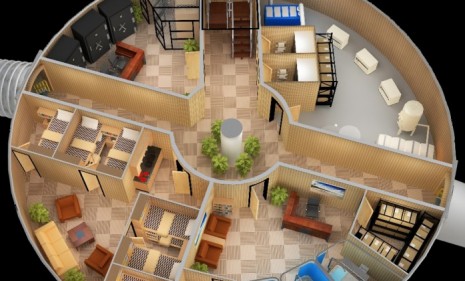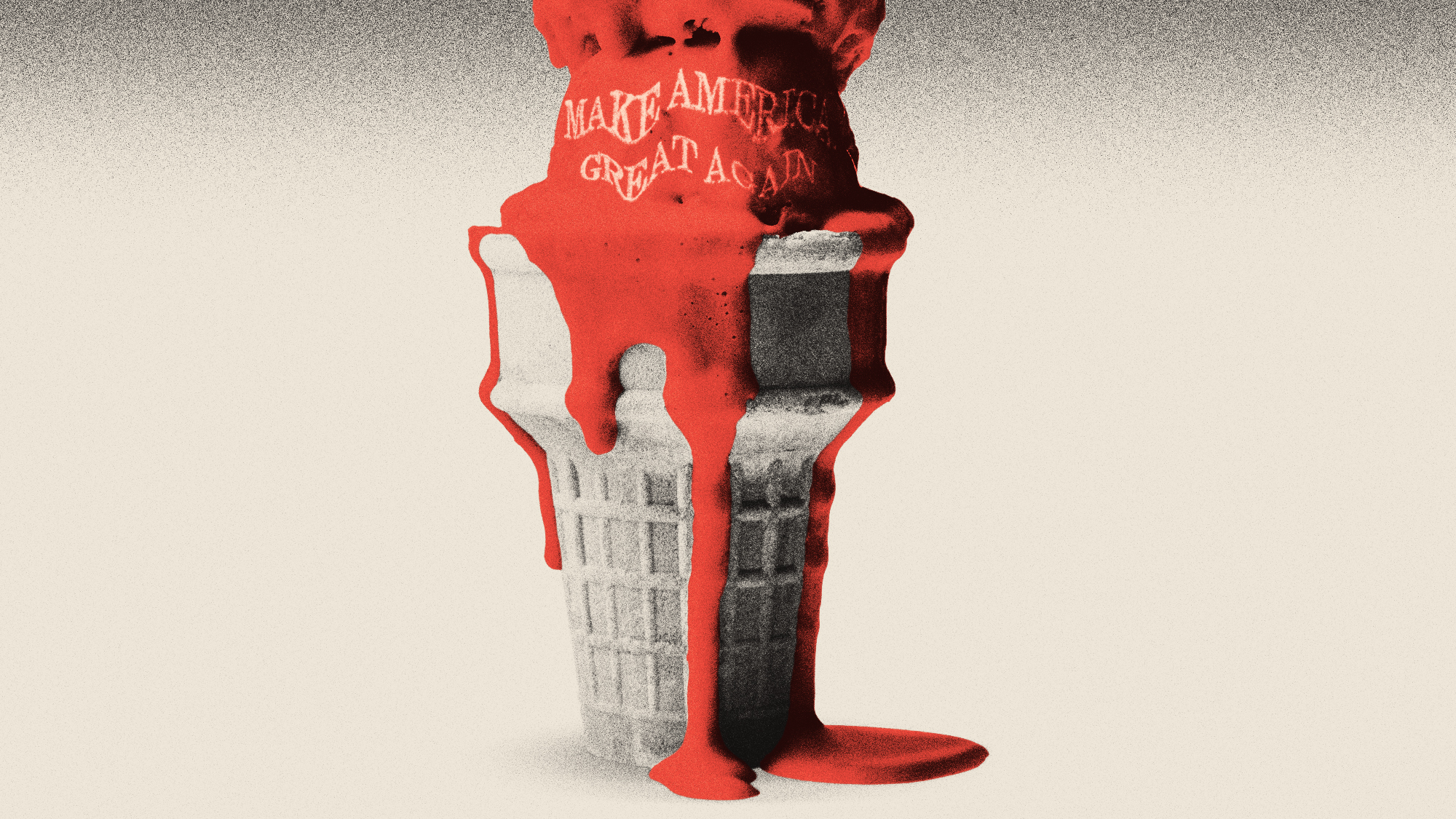The new (super-sized) doomsday shelter
Remember the family atomic-bomb shelters that were popular in the '50s and '60s? They're back — bigger and better than ever

Once a forgotten relic of the Cold War, the concept of the bomb shelter may be making a comeback. And today's bunkers are not the cramped, concrete havens many homeowners built 50 years ago to ease their minds over rising tensions between the U.S. and the Soviet Union. (Watch a demo of the inside of a shelter.) Here's a quick guide:
Do people really want their own bomb shelters?
Apparently. A company called Vivos is building a network of 20 shelters around the country, and selling partial-ownership plans similar to vacation timeshares at $50,000 per adult, and $25,000 per child. Another company, Texas-based Radius Engineering, has been building underground shelters for three decades, and reports that business has never been better. "We've doubled sales every year for five years," says company president Walton McCarthy.
The Week
Escape your echo chamber. Get the facts behind the news, plus analysis from multiple perspectives.

Sign up for The Week's Free Newsletters
From our morning news briefing to a weekly Good News Newsletter, get the best of The Week delivered directly to your inbox.
From our morning news briefing to a weekly Good News Newsletter, get the best of The Week delivered directly to your inbox.
What are the shelters like?
They vary in size. Radius builds fiberglass bunkers that can accommodate from 10 to 2,000 adults, costing anywhere from $400,000 to $41 million. Vivos says it has modeled its shelters after cruise ships to comfortably accommodate refugees waiting out the after-effects from a nuclear explosion or giant asteroid. Amenities include small hospitals and dental clinics, as well as movie theaters and banks of personal computers.
Weren't Cold War-era shelters rather grim affairs?
Most definitely. The home shelters of the 1950s and 1960s were typically dug in back yards, and buried under three feet of earth. With thick concrete walls for protection, the compact units barely accommodated a bunk for every family member, plus a cache of canned goods, water, and other necessities. Civil defense authorities promoted do-it-yourself basement-shelter kits that cost $150 to $200. Even more ambitious efforts were relatively modest — in the fall of 1962, San Diego approved building permits for 200 home shelters, most of them valued around $2,000, with few larger than 12 by 24 feet. The Atlas Bomb Shelter Co. of Sacramento sold a 35-ton, deluxe prefabricated shelter priced at $6,000.
A free daily email with the biggest news stories of the day – and the best features from TheWeek.com
Are these shelters really necessary?
That depends on whom you ask. Ken Rose, a history professor at California State University-Chico and author of One Nation Underground: The Fallout Shelter in American Culture, says there's no reason for ordinary Americans to burrow into the sand: "A terrorist with a nuke in a suitcase," he says, "pales in comparison" to the Cold War threat, "the potential annihilation of the human race." But Jason Hodge, a California father of four who bought spots in Vivos' shelters, disagrees. "It's an investment in life," he says. "I want to make sure I have a place... if that worst-case scenario were to happen."
Sources: USA Today, Mediaite, San Diego Union-Tribune, U-S-History.com
-
 Metaverse: Zuckerberg quits his virtual obsession
Metaverse: Zuckerberg quits his virtual obsessionFeature The tech mogul’s vision for virtual worlds inhabited by millions of users was clearly a flop
-
 Frank Gehry: the architect who made buildings flow like water
Frank Gehry: the architect who made buildings flow like waterFeature The revered building master died at the age of 96
-
 Is MAGA melting down?
Is MAGA melting down?Today's Big Question Candace Owens, Tucker Carlson, Laura Loomer and more are feuding